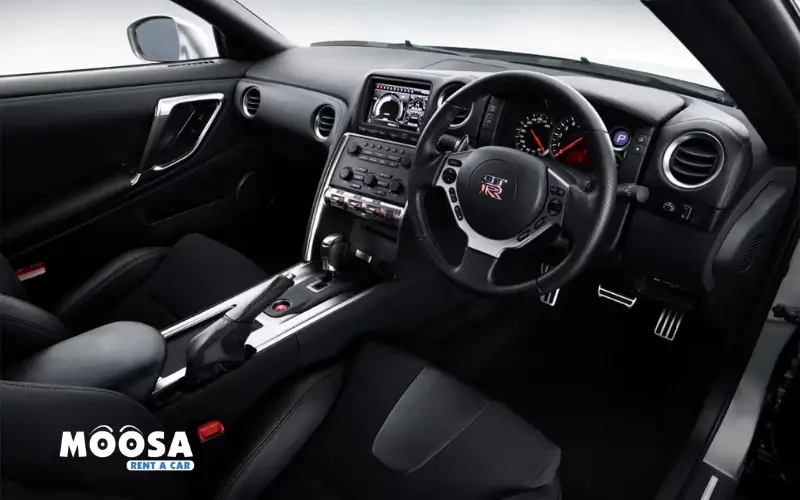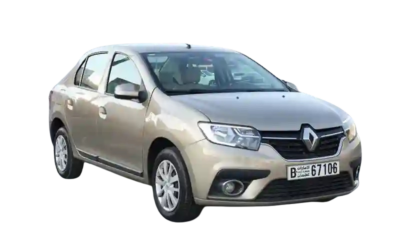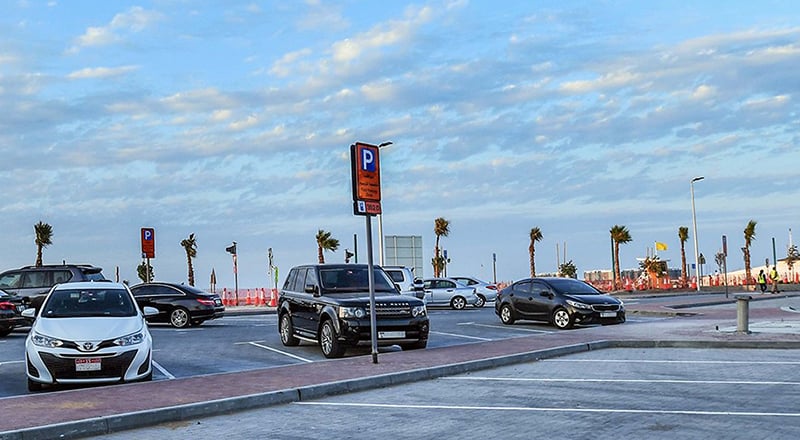Driving a car becomes challenging in various nations when people lack knowledge about local driving regulations and rules. Driving on the right side of the road remains the biggest adjustment factor that most people encounter. Different countries utilize different rules because their drivers follow either left-side or right-side driving. Before moving to Dubai or visiting this city, you must know which side of the road vehicles drive there. The car travel system in this city follows the right-hand side of the road, just like in other nations. You need to stay in your correct lane when you operate a motor vehicle. This detailed blog explains all the mandatory information about right-hand drive driving principles.
What Does it Mean to Drive on the Right Side of the Road?
A right-side driving on the road or highway means that the steering is positioned on the left side of your vehicle. Users of the right-hand driving system differ from nations that use left-hand driving, including the UK and Japan. Their steering wheel is normally on the right side of the car.
Adjusting to a Right-Hand Drive Car
For someone who drives a left-hand drive vehicle, it becomes extremely challenging to switch to a right-hand drive vehicle for the first time. A right-hand drive vehicle has its steering wheel positioned on the right, while its gear shift operates from the left side of the car. Driving a manual car requires left-hand shifting, although it feels uncomfortable during your initial practice. Below are a few tips that are helpful to adjust to driving a right-hand drive car:
Don’t Rush and Stay Calm
Before embarking on new journeys it is good to drive slowly at first and remain focused on controlling the lanes.
Adjust your Seat and Mirrors
It is equally important to adjust the mirrors and seat before driving. A proper sitting position is vital for the newly learned driving practices.
Use an Empty Parking Lot for Practicing
Driving on an empty parking lot or quiet street allows you to build confidence during your development phase. This practice will develop your driving self-assurance needed to handle highway conditions.
Be Aware of Your Surroundings
Careful driving behavior remains essential throughout the first days of your learning experience. Road signs and signals become easy to spot when drivers maintain their focus ahead.
Road Signs and Traffic Rules
| Violation | Fine (AED) | Black Points | Vehicle Impoundment |
| Driving against traffic direction | 400 | 4 | 7 days |
| Entering a prohibited area | 1,000 | 8 | 7 days |
| Driving a vehicle without plates | 3,000 | 23 | 90 days |
| Driving a vehicle with one plate | 400 | — | — |
| Unclear vehicle plate | 400 | — |
Driving on the right side of the road in Dubai follows a basic pattern that offers ease to all drivers. The signs marking the traffic paths are clear, which allows drivers to pick their intended route.
Lane Discipline: Driving within your designated lane remains a crucial rule you should always follow. Using proper lanes is critical for drivers navigating through crowded zones like Sheikh Zayed Road in Dubai.
Turning: Pay attention to the lane you should be using before attempting to make left or right turns. You must choose the appropriate lane for turns in Dubai before the turn begins because the city provides multiple dedicated turn lanes.
Speed Limits: It is vital to keep an eye on the speed limits, especially in residential areas. Moreover, speeding can result in hefty fines and black points on your license.
Why is Dubai Different?
If anyone is asking, “What side of the road do you drive on?” In Dubai, driving is normally on the right side. The driving laws of Dubai adhere to standard road systems that exist throughout Europe, along with the United States. Knowing the traffic rules in Dubai remains vital for both visitors and newcomers who come from countries operating vehicles on the left side of the road.








